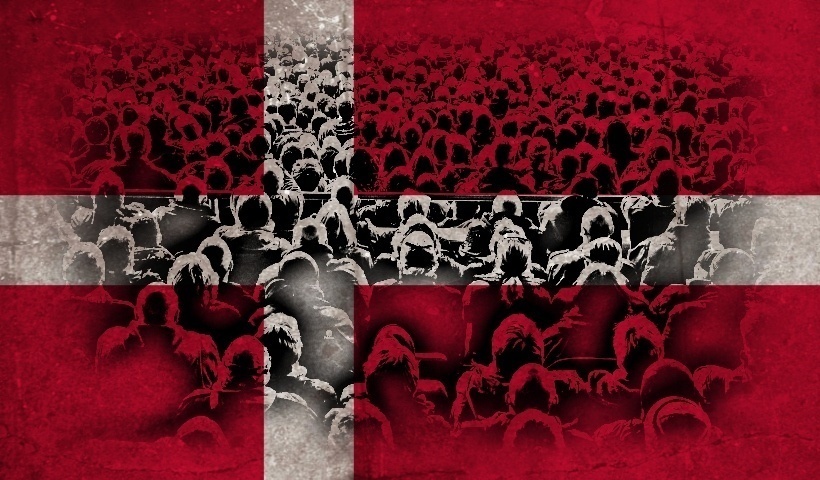Football
Great analysis of the Danes’ game against Wales. Šilhavy and co. are not expecting anything easy tactically
The match between the Czech national team and Denmark is fast approaching. It is therefore appropriate to make a detailed analysis of the Danish game. What were the roles of the players in the match against Wales and how did coach Kasper Hjulmand change the tactics during the match?

The match between the Czech national team and Denmark is fast approaching. It is therefore appropriate to make a detailed analysis of the Danish game. What were the roles of the players in the match against Wales and how did coach Kasper Hjulmand change the tactics during the match?
Kasper Hjulmand started the game with three central defenders, i.e. 3-4-3 (or 5-2-3 in the defensive phase). Similar formations are widely used at international level by South American football “schools”.
Of note is certainly Chile’s “Bielsa” from 2007-2011. For this formation to work, central position players should operate in more than one area of the field, which guarantees the fluidity that is key to making these formations lethal.
This formation also implies the coach’s complete trust in the so-called wing-backs. They must have excellent stamina and speed to be able to attack constantly, while also pursuing the opposition when the team doesn’t have the ball at the moment.
A map of Denmark’s through passes then shows that both Joakim Maehle and Jens Stryger Larsen (false wingers) pass primarily to the centre and considerably less to the corners of the pitch.
In fact, wingers Martin Braithwaite and Mikkel Damsgaard did not play the role of traditional wingers in the match. Rather, they operated in close proximity to Kasper Dolberg to support and combine with him, secondarily to draw the Wales full-backs onto them and open up space for their false wingers.
Denmark’s first goal is a good example. Damsgaard raced out to receive Maehle’s exceptional pass into open space, then blitzed an assist to Dolberg who was moving in close.
This compactness of the attacking trio also helped their own defence. The forwards put pressure on the Welsh players’ first pass and forced them to make mistakes or kick long balls.
A look at Wales’ lost ball zones and the areas where they made the most mistakes will convince you of the positive impact of this Danish trio’s pressure.
You could see in the defensive phase that the Wales players were mainly concentrating on the left side of the pitch, as they were worried (and rightly so) about Maehle’s impact on the game.
In doing so, however, they left Ben Davies alone to defend not only Larsen, but also Braithwaite, who ended up playing the whole game on the right side (according to the official UEFA formation, he should have played on the left). As a result, more passes eventually came into the Welsh box from the right.
The opening 20 minutes were not ideal from Denmark’s point of view. That’s why coach Hjulmand made a bold move, deciding to play only 2 stoppers.
Andreas Christensen moved into the defensive midfielder position ahead of the Kjaer – Vestergaard pairing and the Danes immediately gained the upper hand in the middle of the park. Christensen was picking up the long kicking balls of the Welsh defence, he was also better at defending Aaron Ramsey who was playing at number 10.
His positioning did not allow Ramsey, Bale and Moore to combine. In addition, his position gave more freedom to central midfielders Hojberg and Delaney, the latter even moving ahead of Damsgaard at some stages of the game.
The creative freedom given to the central midfielders freed up Damsgaard and Braithwaite as they felt supported and had more players around them to combine with.
Wales were unable to respond to this change until the end of the game. They were outnumbered in the middle of the park and could barely defend on the edges. Denmark, after scoring their second goal, played almost the entire second half in a 4-1-2-2-1 formation, which suited them unusually well.
And in case you hadn’t noticed, the Danes finished with two central midfielders who only got on the pitch as the game progressed. Both play for Brentford and both have led that club to promotion to the upcoming Premier League season. Their names are Mathias Jensen and Christian Nordgaard. Another great move by the coach!
Source: Sweep Sports Analytics










